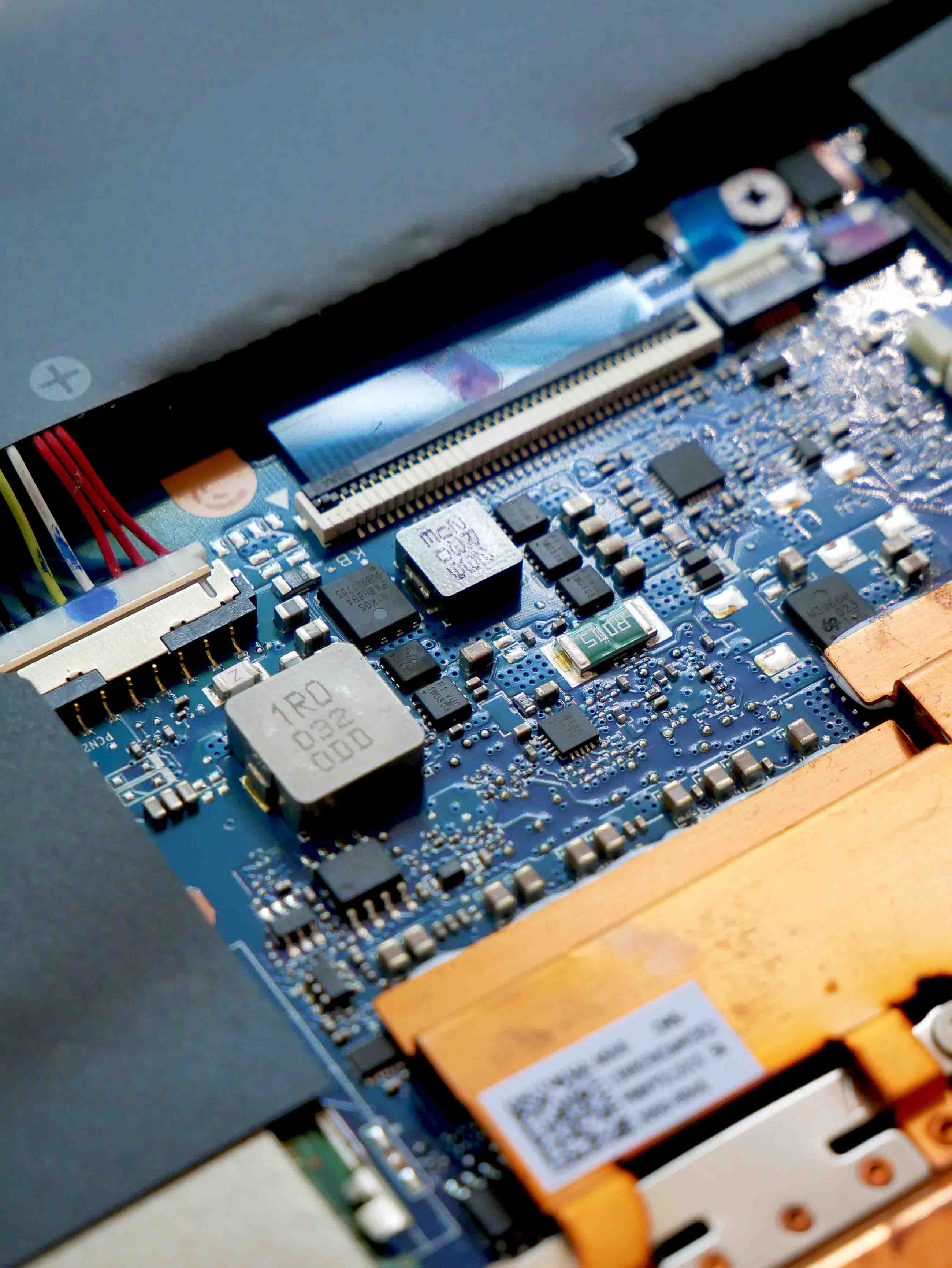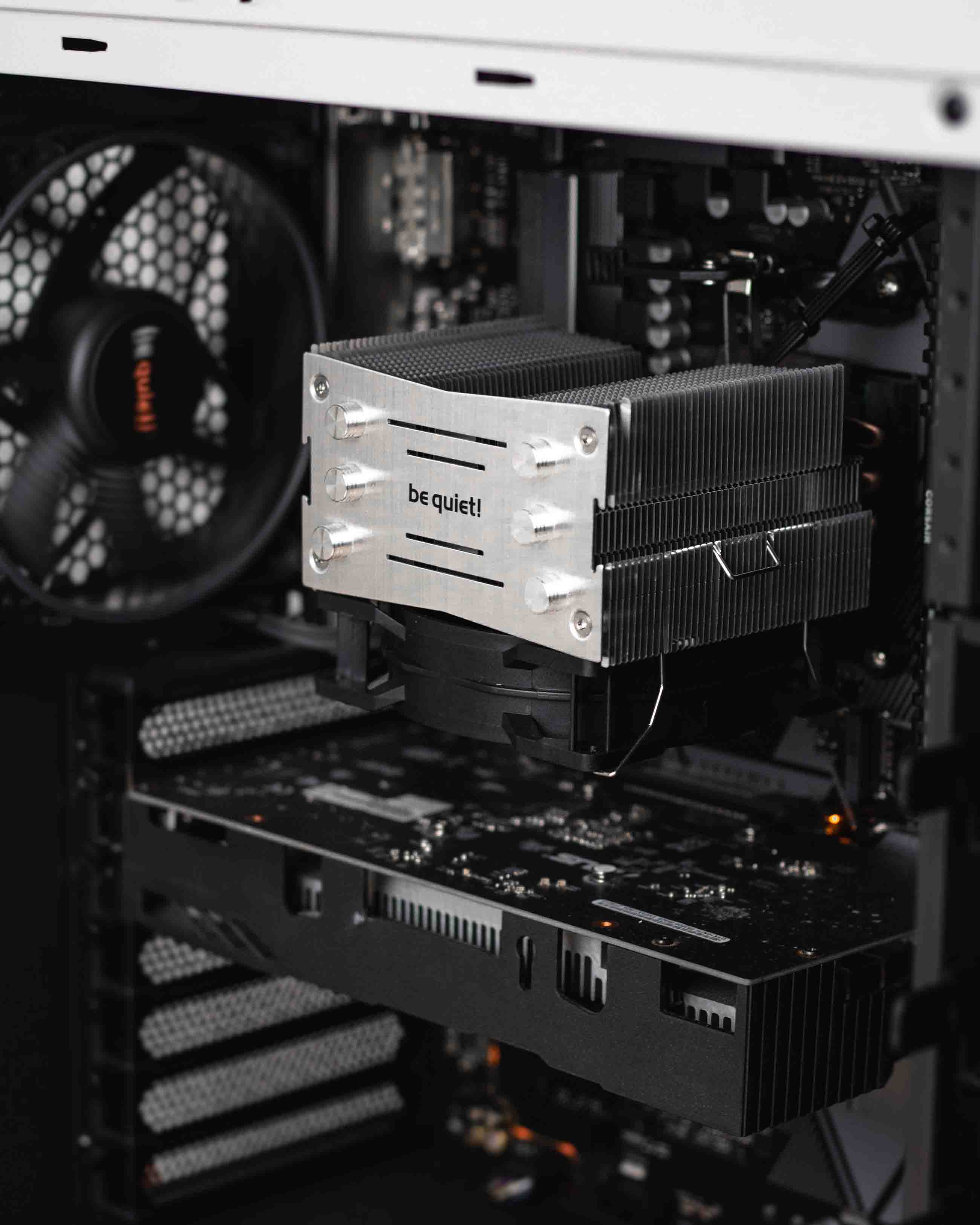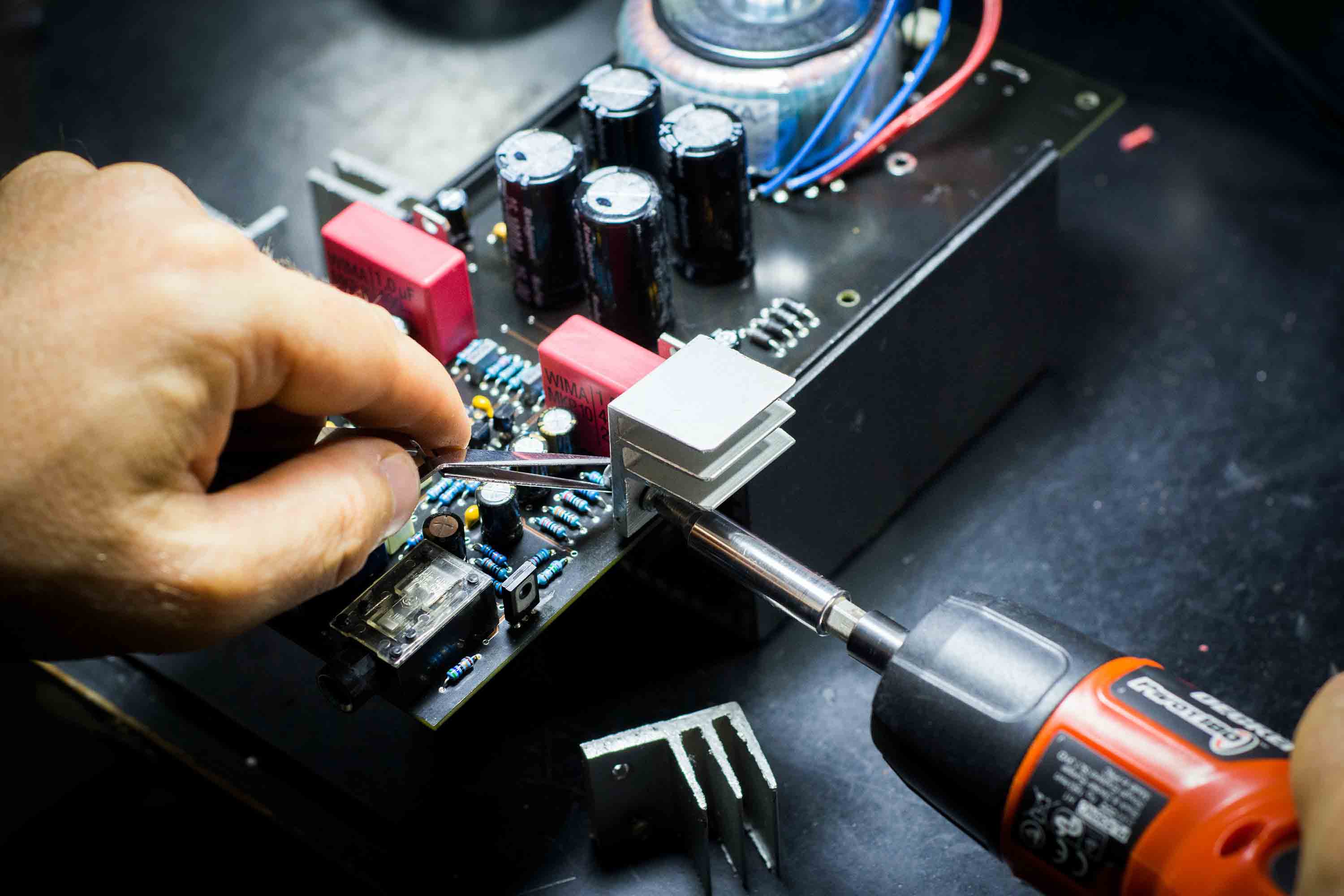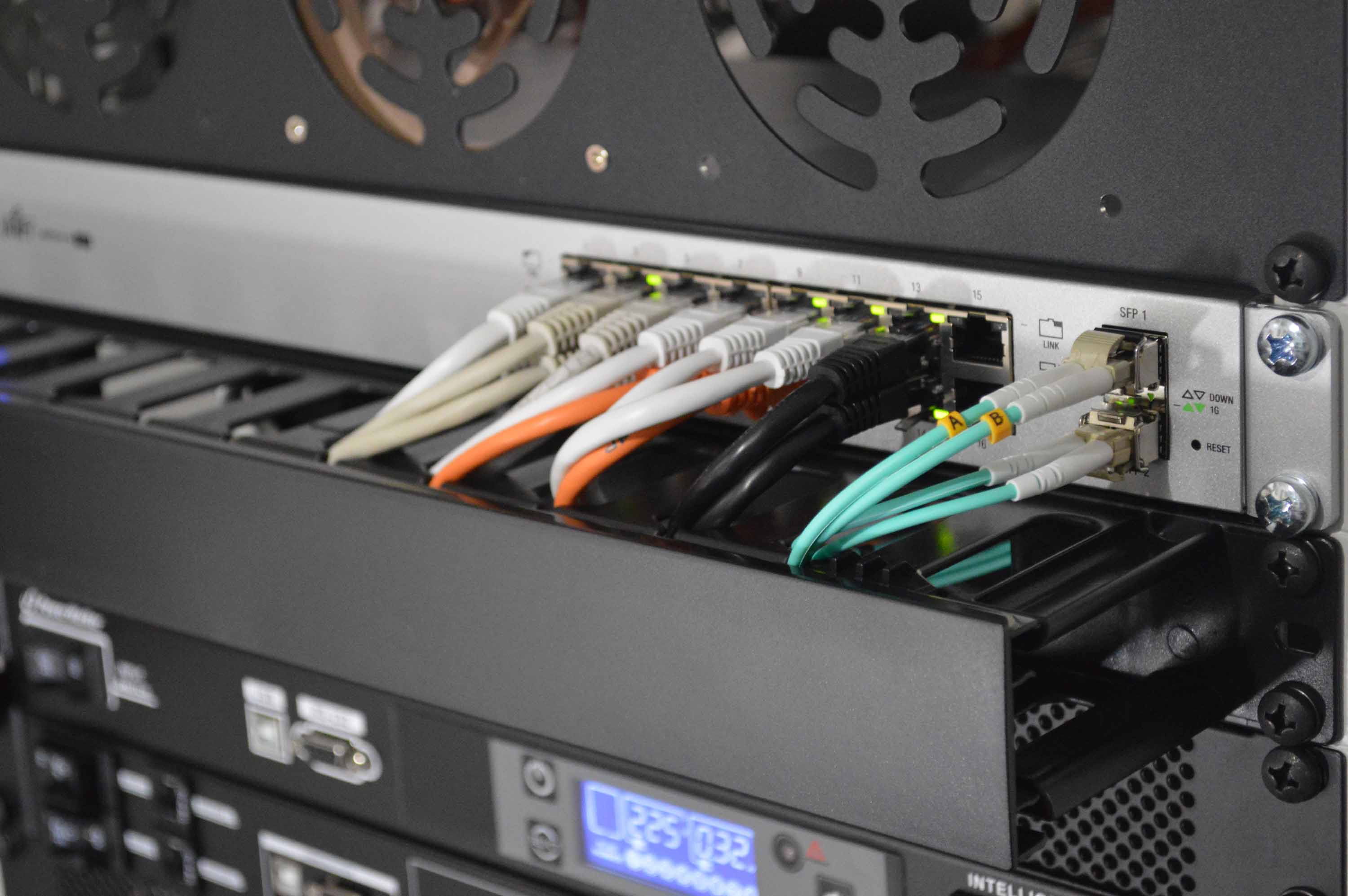
Hardware & Networking Engineering
Hardware and networking are two interrelated aspects of information technology that play crucial roles in the functioning of computer systems and the establishment of network connections. The synergy between hardware and networking is essential for the effective functioning of information technology systems. Hardware provides the foundation for processing power, data storage, and user interaction, while networking enables connectivity, data exchange, and communication between devices and systems. Together, they form the backbone of IT infrastructure, supporting various applications and services that drive modern businesses and organizations.
Which area we cover
It's important to note that hardware is constantly evolving and advancing, with new technologies and components being developed regularly.
- Central Processing Unit (CPU): The CPU is the primary component responsible for executing instructions and performing calculations in a computer system. Memory: Memory includes components such as RAM and ROM, which provide temporary and permanent storage for data and instructions.
- Input Devices: Hardware devices that allow users to input commands or interact with the computer system, such as keyboards, mice, touchscreens, scanners, and microphones. Output Devices: Hardware devices that present information or results generated by the computer system, including monitors, printers, speakers, and headphones.
- Network Devices: Hardware components and devices used for network connectivity, including network interface cards (NICs), routers, switches, and modems. Power Supply Unit (PSU): Hardware component responsible for providing electrical power to the computer system.


How it works
Hardware refers to the physical components and devices that make up a computer system or electronic device. Understanding how hardware works involves knowing how different components interact and collaborate to perform computing tasks. Here's a simplified explanation of how hardware works in a typical computer system:
Input Devices: Input devices allow users to provide commands and interact with the computer. Examples include keyboards, mice, touchscreens, scanners, and microphones. Input devices convert user actions or commands into digital signals that the computer can understand.
Output Devices: Output devices present information or results generated by the computer system. Common output devices include monitors, printers, speakers, and headphones. They convert digital data into a human-readable form or produce visual or audio outputs.
It's important to note that this is a simplified overview, and modern computer systems are much more complex, incorporating additional components and technologies.
explanation provides a general understanding of how hardware components work together to enable the functioning of a computer system.
Benefits
Benefit ofhardware and networking,It's worth noting that the benefits of hardware and network infrastructure vary based on the specific needs and objectives of an organization.
Effective planning, regular maintenance, and staying up-to-date with technological advancements are crucial for optimizing the benefits derived from hardware and network investments. Hardware and network infrastructure provide several benefits to organizations, including:
- Improved Performance and Productivity: Up-to-date and efficient hardware and network infrastructure can significantly enhance system performance and overall productivity. High-speed processors, ample memory, and reliable network connections enable employees to work more efficiently, access information quickly, and perform tasks without delays.
- Enhanced Collaboration and Communication: Network infrastructure, including local area networks (LANs) and wide area networks (WANs), enable seamless communication and collaboration among employees within an organization. It allows for file sharing, email, video conferencing, instant messaging, and other collaborative tools that improve teamwork, knowledge sharing, and decision-making.
